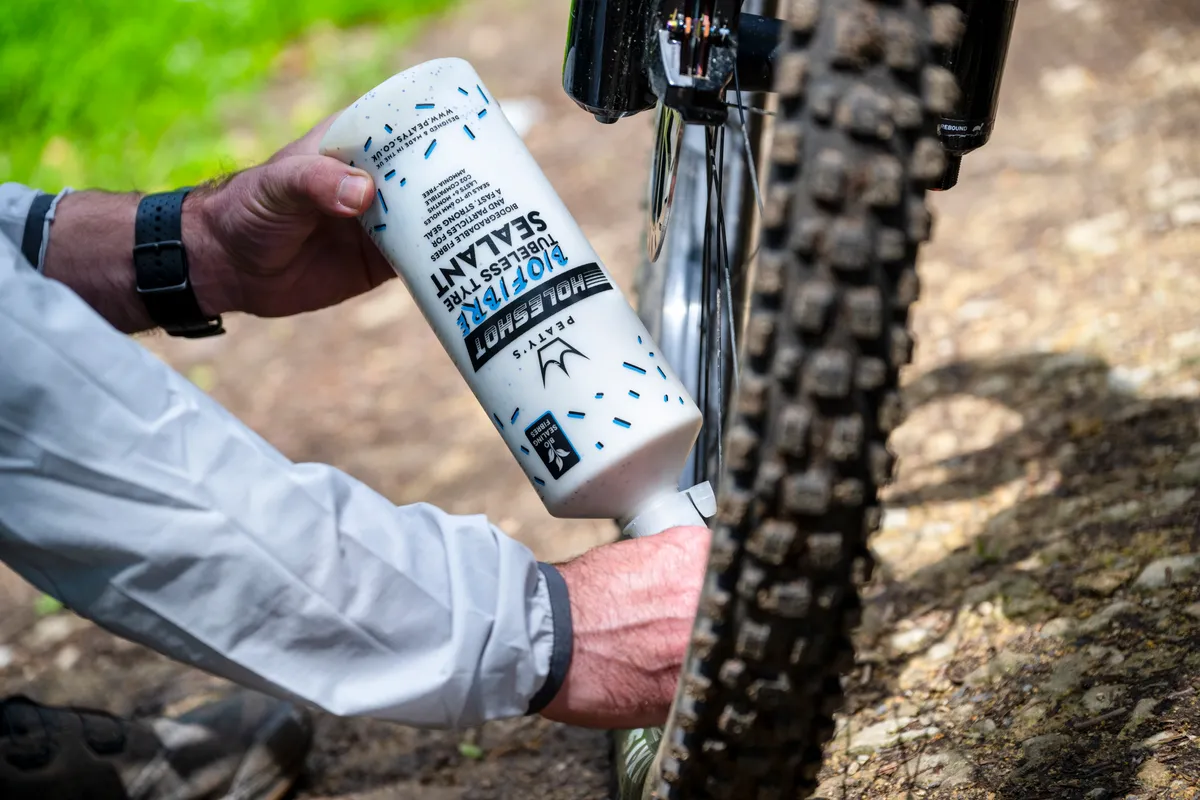Some of the most common mountain bike technologies today were once written off as gimmicks, fads or outright failures. But while initial backlash was often loud, many of these so-called bad ideas have since become essential parts of the modern trail bike.
Change is never easy, and in a sport that often falls at the feet of fashion, it's annoying when the direction of mountain bike tech is governed by brands trying to sell you the next best thing.
However, it’s all too easy to pass judgment before trying something due to envy, misunderstanding or sheer obliviousness.
Many advancements in mountain bike technology suffered this fate, with swathes of riders dishing out unfounded hate before finally quietly accepting it into their lives.
With that in mind, we’ve looked back at the bike tech that received hate when it was launched, but we now can’t live without.
This is by no means an exhaustive list, so let us know if we missed anything in the comment section below.
Read more
- These 6 budget upgrades will transform your mountain bike
- Five mountain bikes we'd buy with our own cash
- These are the worst mountain bike upgrades we've ever bought
1. Dropper posts

Dropper posts weren’t received with the widest arms when they were first introduced.
Many wrote them off for being overly complicated compared to quick-release seatpost clamps, while others shunned them for their extra mass.
However, their benefits soon won favour, with the then-blossoming discipline of enduro racing.
Now it’s rare to see a bike without a dropper post, as even weight-conscious cross-country bike riders have embraced the benefits of dropping the seat out of the way on the descents.

In their way, they have shaped the track design of cross-country racing, with technical courses now the norm due to the descending capability unlocked by dropped posts alongside more progressive geometries.
Many of us at BikeRadar couldn’t live without a dropper post today, and would happily lose out on finer spec points in order to have one fitted to our bikes.
2. 29in wheels

Calls of industry conspiracy and unsupported claims filled the air when the 29in wheelsize was first introduced.
Many felt that 26in wheels, which had been around since the sport's conception, were the only size viable for mountain biking, with backroom bike mechanics telling tales of weaker and heavier wheels with no real benefits.
We now know that’s not the case, with 29ers notably better at overcoming obstacles on the trail and offering better rolling speeds for those interested in that type of thing.

The 29in wheelsize has come to dominate, all but killing the half-step 27.5in size, largely forcing it into a life of servitude at the rear end of mullet wheel setups.
Now it’s hard to find an adult's mountain bike without at least one 29in wheel, with only a select few freeride or smaller framed bikes using anything else.
Their sheer monster trucking ability down the trail has earned them a place on many of our bikes, and there’d be a huge reluctance for us to turn back now.
3. GPS bike computers

Many were sceptical about the first GPS bike computers, instead clutching their maps, compasses and MBUK cutouts on the way to find trails.
While orienteering is still fun, there’s no denying the simplicity of downloading a route to your GPS and following it along without fear of rain destroying your map or getting lost.
There’s plenty more that GPS bike computers have brought to the sport, with apps like Strava bringing timed segments to your local trails and allowing for easier sharing of tracks.
This year, Garmin has released its Edge MTB, the brand’s first mountain bike dedicated device with virtual timing gates alerting you to how fast you’re going on a trail.
A GPS might not be brought on every ride, but it sees the light of day more than the OS Landrangers now serving as workshop decoration.
4. Tubeless tyres

It’s safe to say that tubeless tyres required some time to be fully adopted.
Early tubeless setups were, without doubt, a faff. Rim profile design and limited tyre choice made it hard to achieve a secure seal, cornering riders into selecting sometimes sub-optimal rubber.
Now it’s hard to imagine riding without a tubeless setup – or, if you’re lucky, what fixing a trailside puncture is like. Modern setups really are that reliable.

Almost all mountain bike tyres are tubeless compatible these days, and the benefits have enabled riders to run lower pressures, giving more grip without risking snake bites.
Despite the still fiddly setup, we wouldn’t start an off-road ride without a tubeless setup, and we’d hope to finish using one too.
- Read more: Mountain bike tyre pressure explained
5. Electronic gears

Okay, this one could be a work in progress, with many comment sections still filled with riders yearning for cable-actuated derailleurs – and rightfully so.
However, the vast majority of those who have ridden electronic drivetrains know they are too good to ignore, and are unlikely to ever go back to threading wire through their frames and worrying about cable friction.

The initial resistance to electronic mountain bike groupsets was partially due to durability concerns and price, but the latest generation of SRAM AXS Transmission and Shimano Di2 drivetrains appears to have put that to rest.
Crisp, accurate and self-protecting derailleurs have changed shifting gears and simplified maintenance drastically.

Now, most high-end bikes feature the technology, with Shimano’s Deore Di2 looking to bring the barrier to entry down with its release earlier this year, priced around the £600 mark.
While it can be frustrating when you forget to charge batteries, we wouldn’t go back to the cable derailleurs given the choice.

